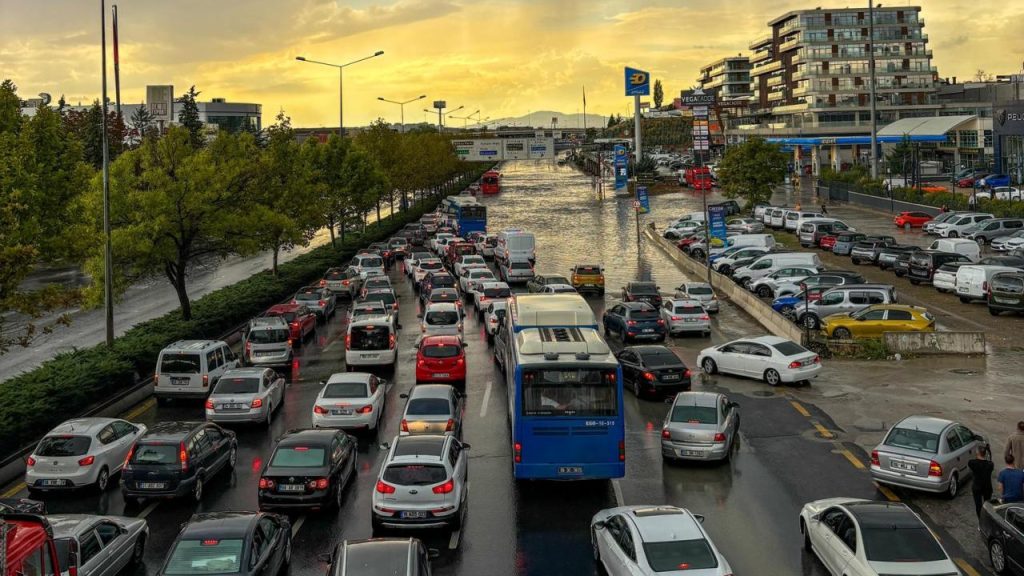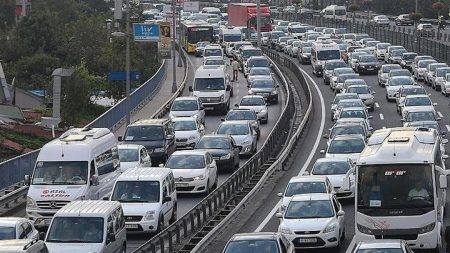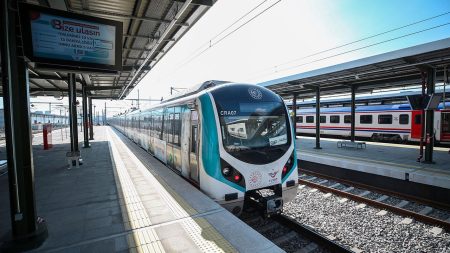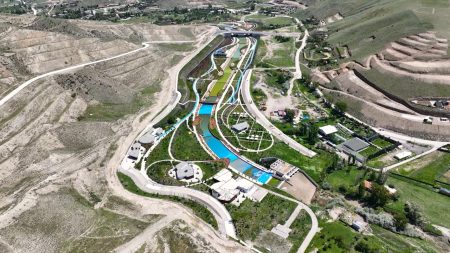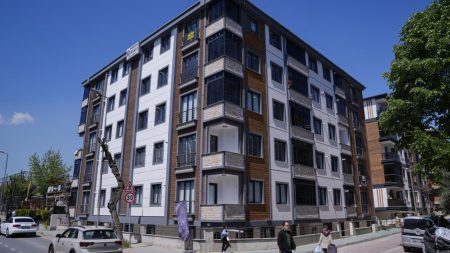Heavy rain and hail hit the capital city in the afternoon, causing disruptions to daily life. Many underpasses, streets, and roads in the city were filled with water due to the rain. Drivers faced difficulties navigating through the traffic, and some vehicles got stranded in the puddles.
The closed market area and underground parking lot in the Batıkent neighborhood of Yenimahalle district were affected by the flooding. Shasmaz Boulevard also experienced water accumulation, making it hard for drivers to move forward. Some vehicles were stuck on the road due to the water blockages.
A section of Fatih Sultan Mehmet Boulevard was partially closed to traffic due to the heavy rainfall. Some drivers tried to find alternative routes to continue their journey. The Ankara Governor’s Office had issued warnings about possible floods and water inundations until 9 pm due to the expected continuation of the rain.
The precipitation had a negative impact on the daily routines of the residents, with many people experiencing challenges in transportation and movement. The inundation of various areas in the city caused inconvenience to pedestrians and drivers alike. The authorities advised caution and vigilance in the face of potential flood risks.
As the rain continued intermittently throughout the day, businesses and individuals in Ankara were urged to prepare for further weather disruptions. The local government and emergency services were on high alert to respond to any emergencies or incidents caused by the heavy rain and hail. It was recommended for residents to stay indoors and avoid unnecessary travel during the adverse weather conditions.
In conclusion, the heavy rainfall and hail in the capital city of Ankara led to flooding in various parts of the city, affecting transportation and daily life. As the authorities issued warnings about potential floods and water inundations, residents were advised to take precautions and stay informed about the weather conditions. The impact of the inclement weather on businesses, traffic, and infrastructure highlighted the need for proactive measures to mitigate the risks posed by such natural events in the future.









